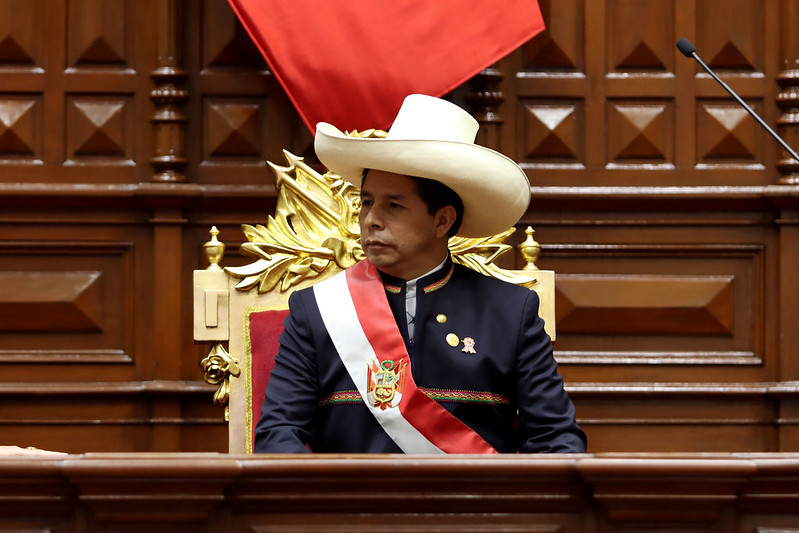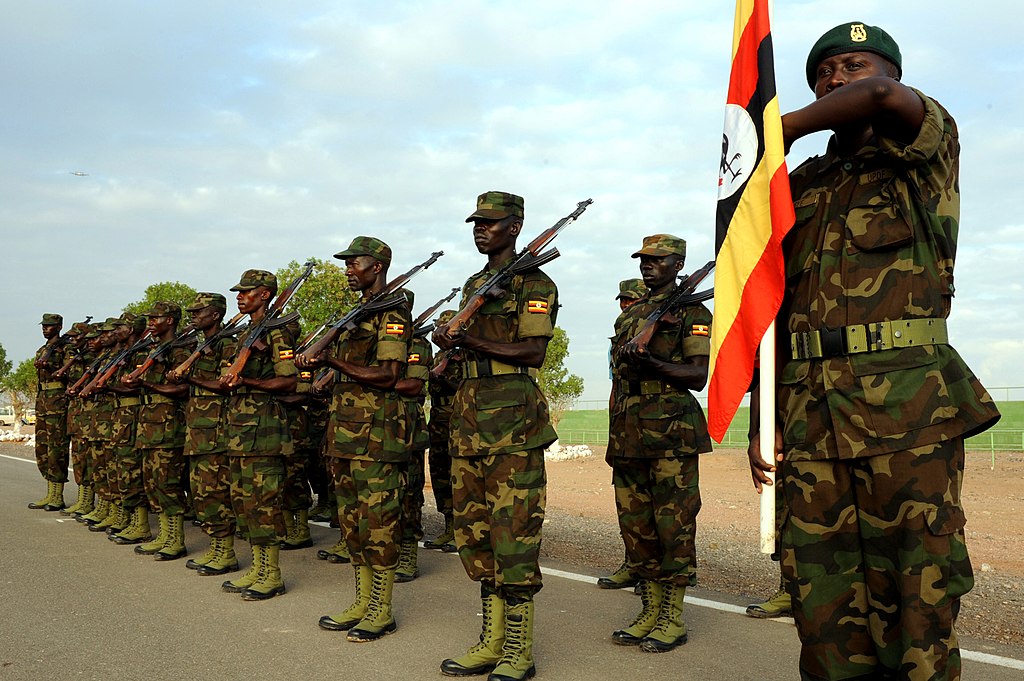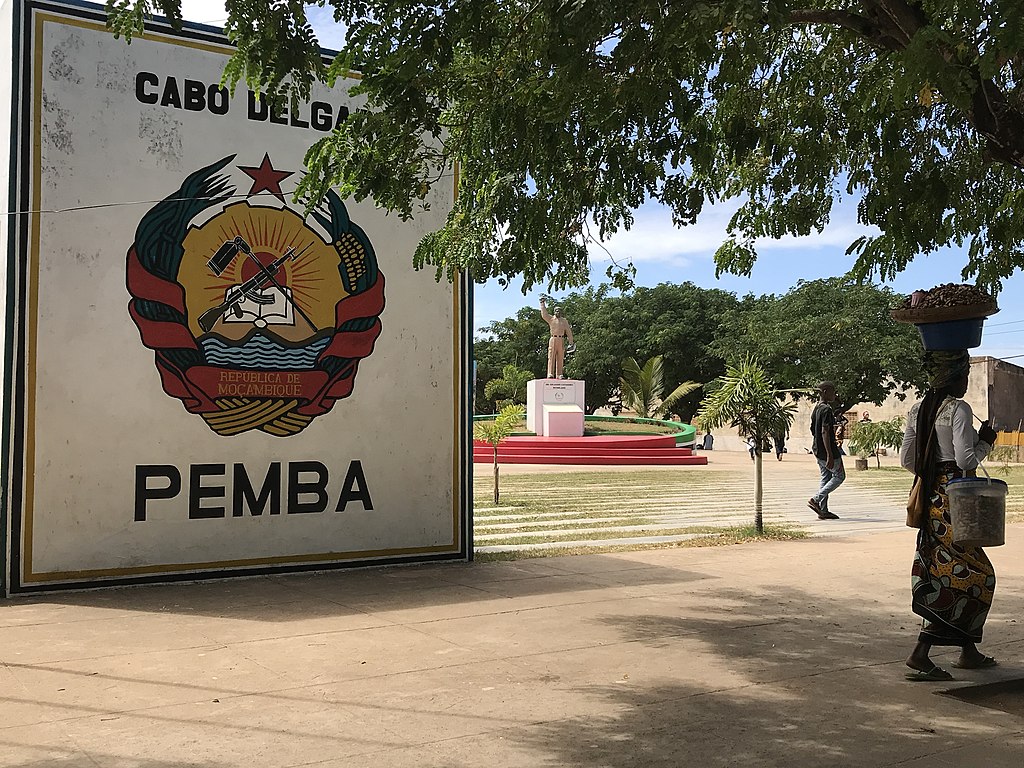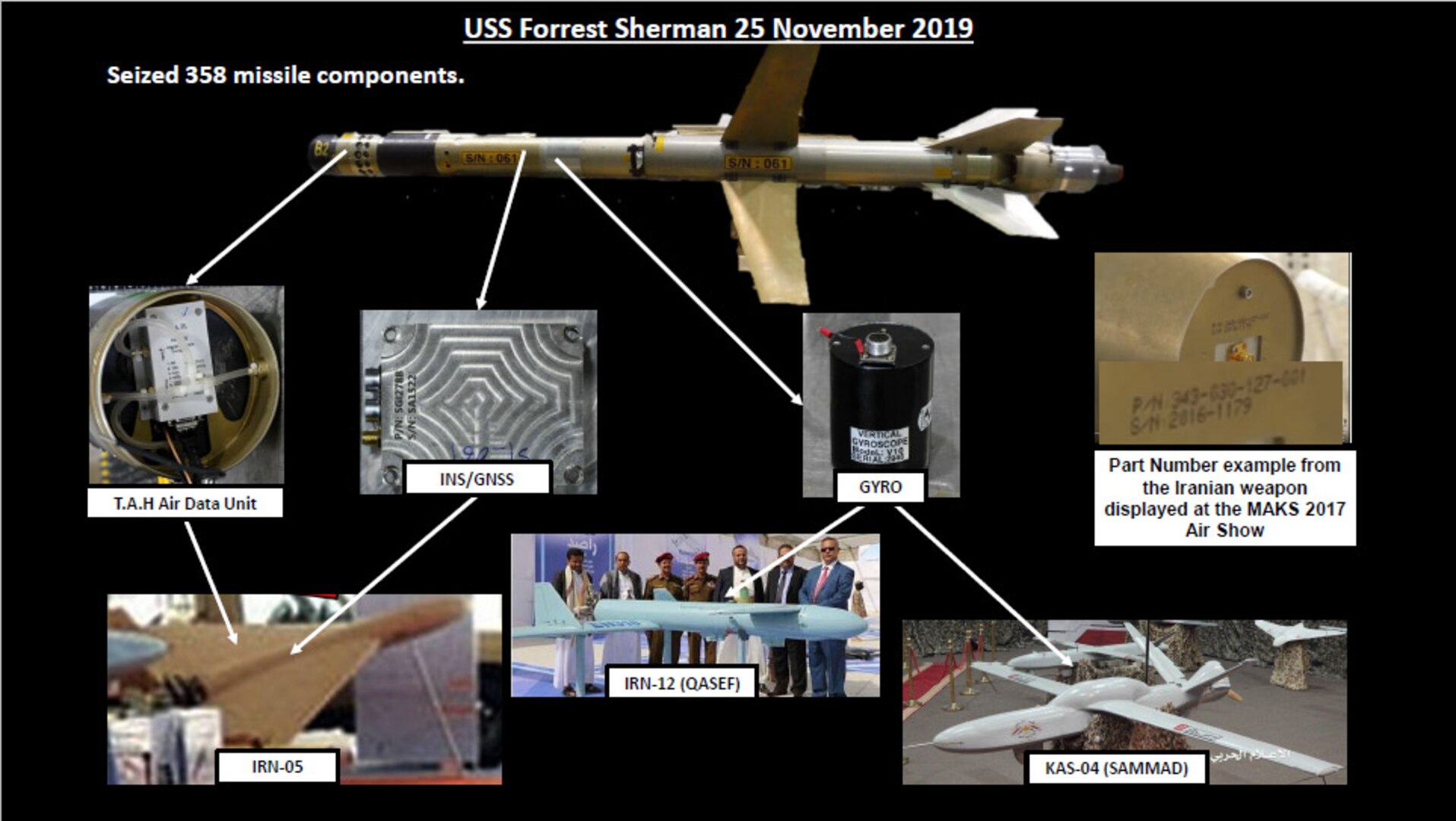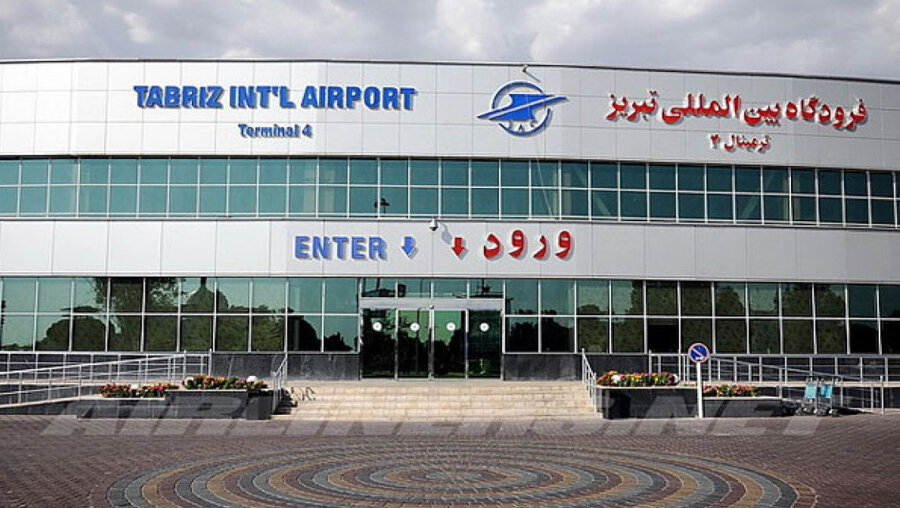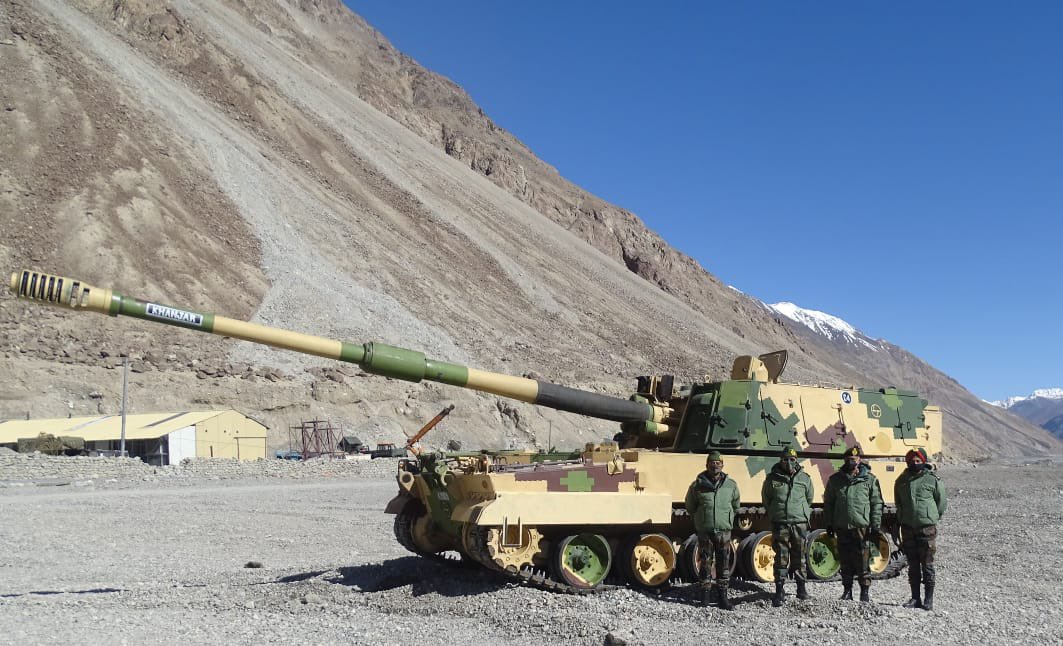
Indian K9 SPH at Ladakh during Indo-China Clashes.
“A large number of these guns will be specially modified with uprated engines to operate in the high altitude cold deserts of Ladakh and Sikkim.”
In August 2020, the Indian government introduced the first of several import ban lists for the armed forces. These lists included various items that the armed forces must procure from Indian manufacturers as part of Prime Minister Narendra Modi’s “Make in India” initiative, which Modi introduced in 2014. Indian officials had hoped the initiative would help the country’s defense industry develop, but it has had limited results in the years since as the Indian armed forces have often looked abroad to acquire various weapons and equipment. The accompanying excerpted articles report on two recent developments aimed to improve the country’s defense industry and meet operational requirements.
The first article from English-language independent news magazine India Today reports that the Indian government cancelled multiple deals to acquire new systems and that “this decision is being viewed as a strong message to the domestic defence sector.” The article notes that “many other deals are under review,” including one for a “Russian VSHORAD (very short-range air defence) missile system for the Army.” The article also mentions that this decision came after a review meeting last year, during which officials believed additional measures needed to be taken to better fulfill the “Make in India” initiative.
The second article from India Today reports that India’s defense ministry is preparing to “place a repeat order of 200 more 155mm tracked self-propelled howitzers” and that it is the “largest order placed with an Indian private sector defence firm.” The article notes that the defense ministry previously purchased 100 K-9 Vajras and put these into service “with the Indian army’s three strike corps ranged across the plains of the Punjab and the semi-deserts of Rajasthan.” It also mentions that the Indian Army deployed a few K-9s into Ladakh last year as part of a trial and that the systems are designed to operate in mountainous terrain with a harsh climate.
Overall, it is unclear what domestic substitutes Indian officials will look for in response to the cancelled deals. The order for more K-9s is not mentioned as a replacement for a cancelled deal, though it will provide India’s defense industry with a boost and the systems can operate on the Line of Actual Control in Ladakh. The reports show how Indian officials are now pushing harder to improve the country’s defense industry.
Source:
Manjeet Negi, “Govt cancels chopper, missile import deals under ‘Make in India’ push,” India Today (English-language independent news magazine), 14 January 2022.
The central government has cancelled multiple deals for the purchase of short-range Surface-to-Air missiles and a tender for the purchase of 14 choppers for the Indian Coast Guard. This decision is being viewed as a strong message to the domestic defence sector.
A decision in this regard was taken during a meeting of the Ministry of Defence (MoD) in New Delhi on Friday…Many other deals are under review, including the purchase of six more P-8I surveillance aircraft and Klub anti-ship cruise missiles for the Navy and Russian VSHORAD (very short-range air defence) missile system for the Army.
The initiative came after PM Modi chaired a review meeting with officials of the Ministry of Defence last year…Officials who attended the meeting last year felt that strong measures need to be taken to ensure that the country moves firmly towards Aatmanirbhar Bharat in the defence sector…
Source: Sandeep Unnithan, “What’s behind a massive order for Made-in-India howitzers,” India Today (English-language independent news magazine), 23 January 2022.
The defence ministry has begun moving files to place a repeat order of 200 more 155mm tracked self-propelled howitzers worth over Rs 10,000 crore.
This significant order, to be placed with Larsen & Toubro (L&T) sometime this year, is the largest order placed with an Indian private sector defence firm and is a potential booster dose for the government’s plan to modernise the military, create an industrial defence base and reduce defence imports.
… L&T had delivered 100 K-9 Vajras for Rs 4,500 crore in partnership with South Korean defence firm Hanwha Defense. The contract was signed in May 2017 and the 100th gun delivered to the army on February 2021…
… A new order, which could be placed by this year, will see the guns start to roll out of Hazira by 2023 with all deliveries completed before 2028… The army’s five existing regiments of Vajras (each regiment has 18 guns, not counting the two in reserve) were acquired not for the mountains, but to operate with the Indian army’s three strike corps ranged across the plains of the Punjab and the semi-deserts of Rajasthan.
… Late last year, three K9s were moved up into eastern Ladakh on a trial basis. A senior artillery officer in the Udhampur-based Northern command was a key mover behind this unusual deployment. The guns drove up from Leh to the forward areas of eastern Ladakh on their own power (instead of a tank transporter-trailer), demonstrating their ability to operate independently…
What seemed to have been forgotten was that these guns had been originally designed to operate in South Korea, a rugged mountainous country with a hostile neighbor and with climatic conditions that could mimic those of eastern Ladakh…
Image Information:
Image: Indian K9 SPH at Ladakh during Indo-China Clashes.
Source: https://commons.wikimedia.org/wiki/File:Indian_K9_SPH_at_Ladakh_during_Indo-China_Clashes_.jpg
Attribution: CC BY SA 4.0


